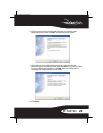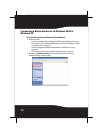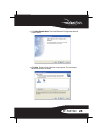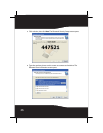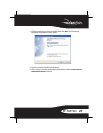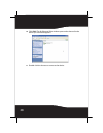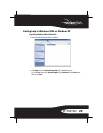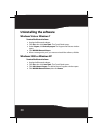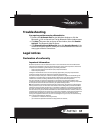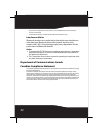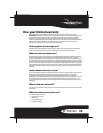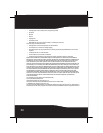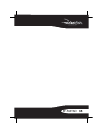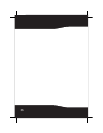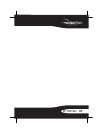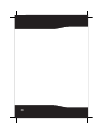
31RF-FLBTAD
Troubleshooting
If you experience problems connecting a Bluetooth device:
1 Double-click My Bluetooth Places on the Windows desktop or click the
Bluetooth icon on the task bar. The My Bluetooth Places window opens.
2 Click Help in the menu bar at the top of the window, then click Bluetooth
Help Topics. The Bluetooth help file opens.
3 Click Bluetooth for Microsoft Windows Help, then click How to Use Bluetooth. A list
of devices and tasks appears, where you can find detailed instructions for
many types of device connections.
Legal notices
Declaration of conformity
Important Information
Bluetooth products must be installed and used in strict accordance with the manufacturer’s
instructions as described in the user documentation that comes with the product. The device
complies with the following radio frequency and safety standards.
• Federal Communications Commission (FCC) Compliance Notice
•Radio Frequency Notice
Changes or modifications to this unit not expressly approved by the party responsible for
compliance could void the user authority to operate the equipment.
This device complies with part 15 of the FCC Rules. Operation is subject to the following two
conditions: 1.This device may not cause harmful interference. 2.This device must accept any
interference received, including interference that may cause undesired operation.
The user’s manual or instruction manual for an intentional or unintentional radiator shall
caution the user that changes or modifications not expressly approved by the party responsible
for compliance could void the user’s authority to operate the equipment
Note: This equipment has been tested and found to comply with the limits for a Class B digital
device, pursuant to part 15 of the FCC Rules. These limits are designed to provide reasonable
protection against harmful interference in a residential installation. This equipment generates,
uses and can radiate radio frequency energy and, if not installed and used in accordance with
the instructions, may cause harmful interference to radio communications. However, there is no
guarantee that interference will not occur in a particular installation. If this equipment does not
cause harmful interference to radio or television reception, which can be determined by
turning the equipment off and on, the user is encouraged to try to correct the interference by
one or more of the following measures:
• (1) Reorient or relocate the receiving antenna,
• (2) Increase the separation between the equipment and receiver,



